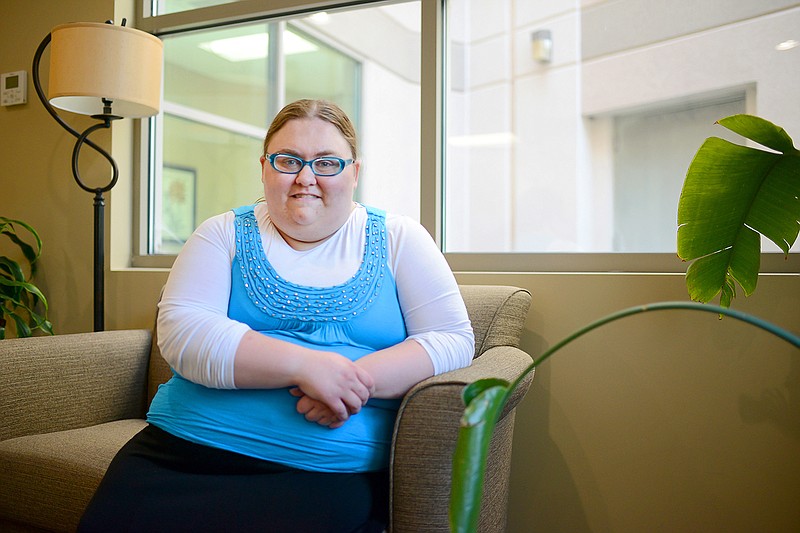Chiari malformation symptoms mimic a number of other conditions, making the rare disorder difficult to detect and diagnose.
Several years ago, Kathy Singleton, of Vienna, began experiencing symptoms that appeared to be the result of multiple sclerosis or diabetes. And, in 2013, her headaches began.
"They went from here-and-there headaches to constant, nonstop, 24/7 headaches," Singleton said. "Tylenol and ibuprofen were not working on the headaches."
And doctors couldn't pinpoint causes of other symptoms.
Her family has a history of Alzheimer's disease and cancer. However, those weren't the apparent causes of the symptoms.
When symptoms worsened, she began having blackouts and seizures.
"When they went to nonstop headaches, we went in and had them checked out," Singleton said. "We did an MRI, and the doctor found Chiari."
Chiari is a malformation in which part of the brain stem extends down through the opening in the base of the skull. It affects more than 300,000 people nationwide and is believed to occur in one in every 1,000 births.
Treatment for the condition depends on its severity. Some symptoms may be controlled with pain medications. Others require installation of a shunt to relieve pressure or surgery to create more room for the patient's brain.
In the most common surgery for Chiari malformation, doctors remove a small section of bone in the back of the patient's skull to give the brain more room.
The goal is to stop the progression of changes in patients' anatomy, according to the Mayo Clinic. When successful, surgery reduces pressure and restores normal flow of spinal fluid.
Singleton said she finally received the correct diagnosis in November 2013. Her neurosurgeon said she had very little spinal fluid flow. The pressure needed to be relieved.
Surgery to remove a small piece of her skull happened in April 2014. Doctors also had to remove portions of her top vertebrae.
"I have to go back to the surgeon every year to make sure everything is OK," she said.
Since receiving the diagnosis, she has become active in promoting awareness of and participates in the Conquer Chiari Walk Across America with her mother.
"Mom and I have been doing the walk since about 2014 or 2015," she said.
Registration for the annual 1-mile Chiari Walk on the Katy Trail, which is Saturday at the North Jefferson City Pavilion, 927 Fourth St., begins at 1 p.m.
The walk begins at 2 p.m. Lunch will be provided.
The Conquer Chiari Walk Across America is a series of local awareness and fundraising walks held on the third and fourth Saturday in September each year. Jefferson City's walk draws patients from across the state to raise awareness of the malformation and to raise money for research and education.
Proceeds will be used to fund Chiari research.
A $40 donation is requested for the walk.
For information, visit conquerchiari.org or email Mary Cremer at [email protected].

